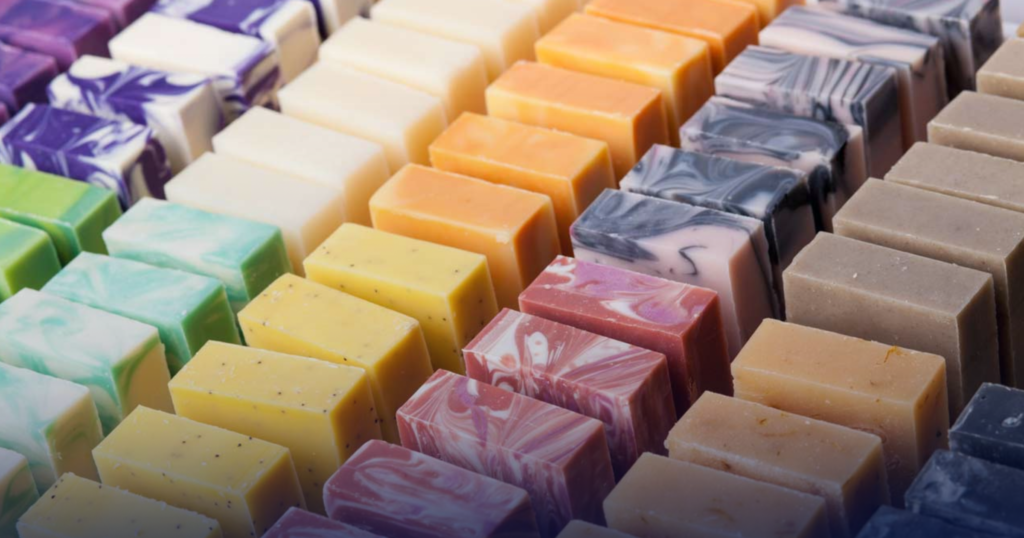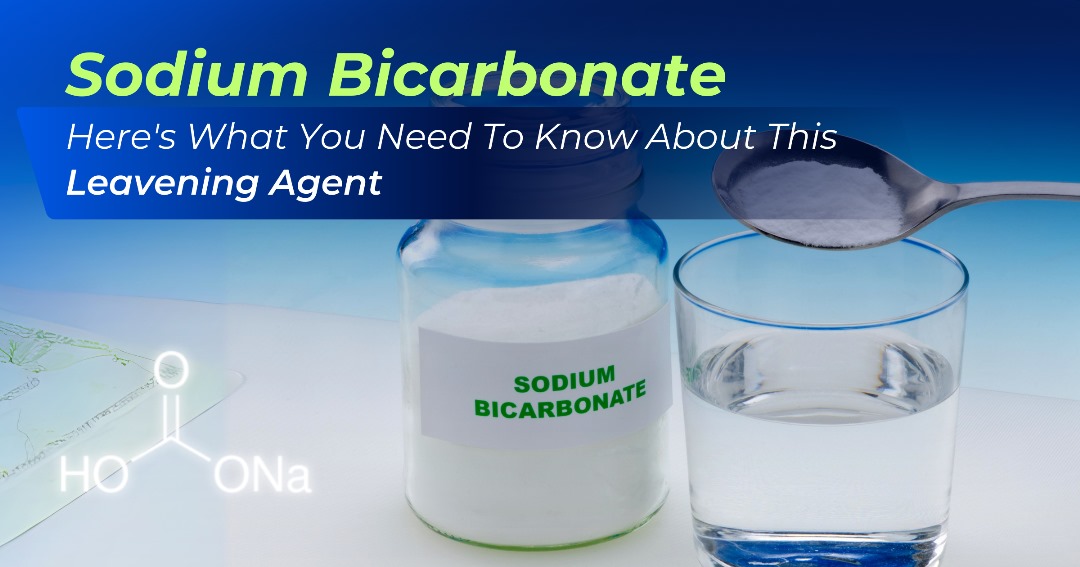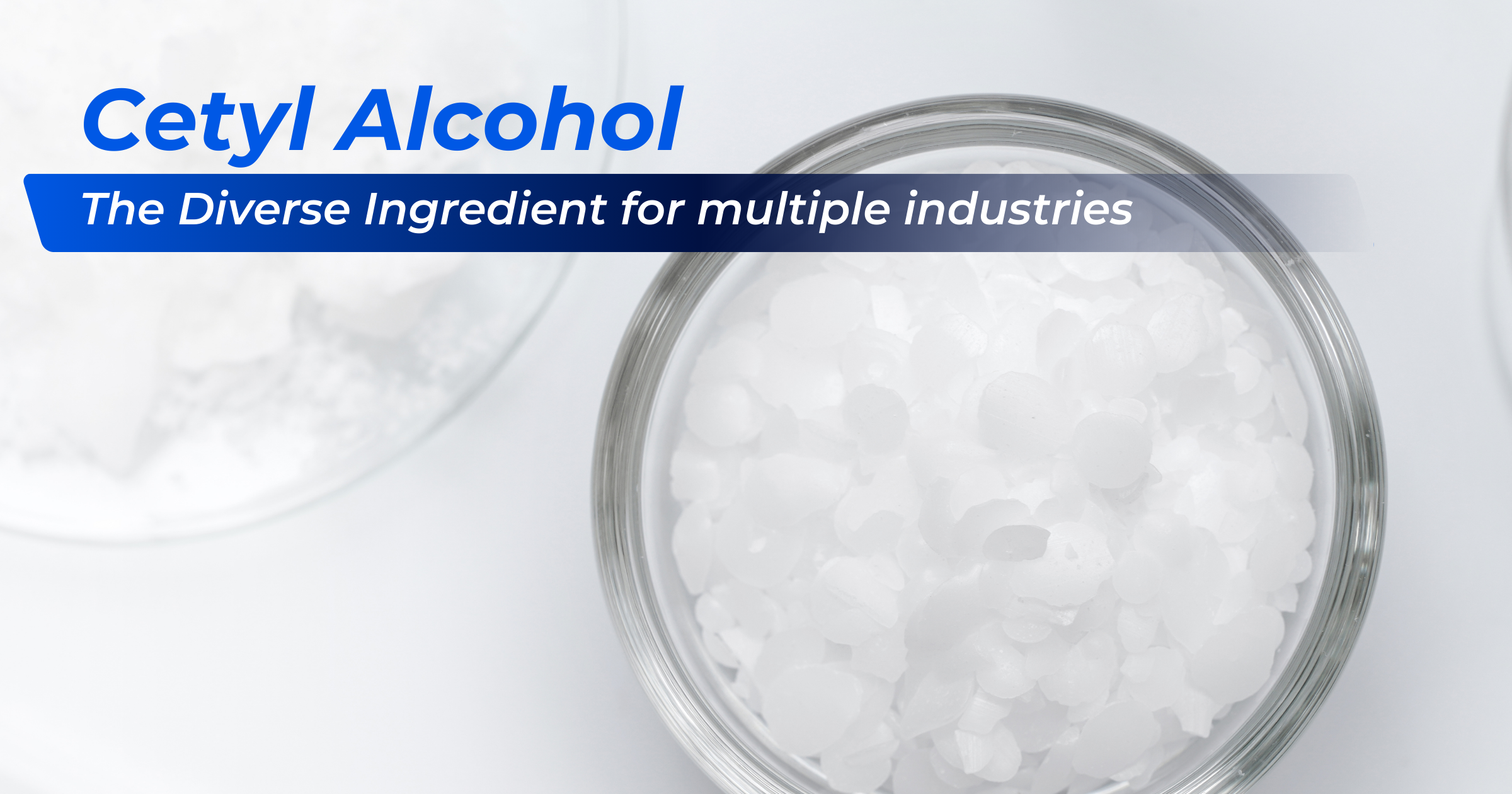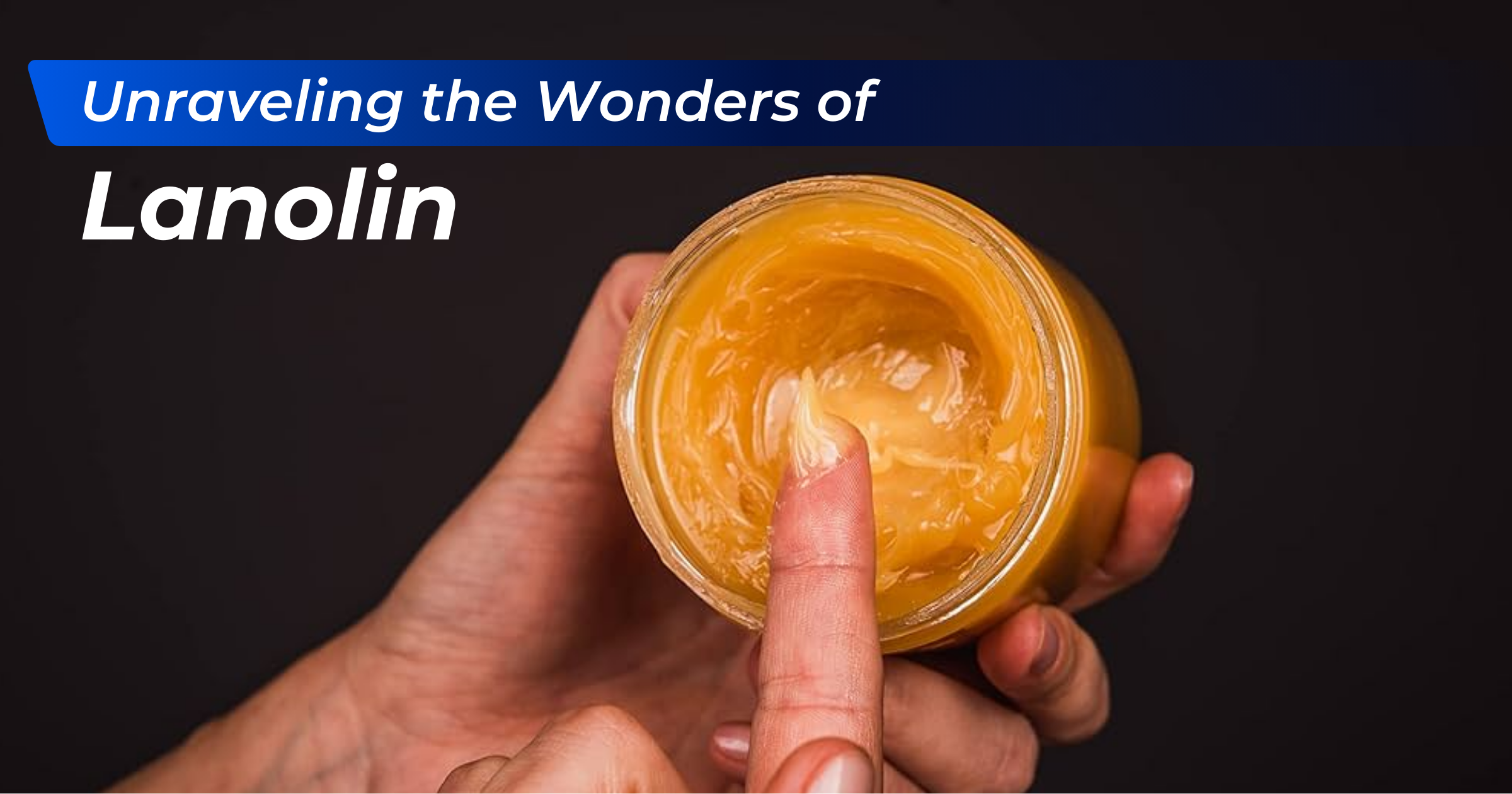
In Nigeria’s bustling markets and serene homes, soap-making is more than just a craft; it’s a tradition steeped in history and cultural significance. From the aromatic black soaps to the more modern variants, soap is essential to daily life. But what powers this age-old craft? The answer lies in a simple yet vital ingredient—caustic soda.
Caustic soda, also known as sodium hydroxide, plays a pivotal role in soap making, transforming oils and fats into the soap we use daily. While we have another article that delves into the role of caustic soda in household cleaning, this piece aims to explore its historical and current influence on the Nigerian soap-making industry.
While we’ve explored the role of caustic soda in household cleaning in another piece, this article aims to take you on a different journey into the historical corridors of Nigerian soap-making, demystify the alchemy behind it, and navigate the labyrinth of safety measures essential for handling this powerful ingredient.
So, sit back and allow us to guide you through this captivating saga as we unravel the secrets, the art, and the enduring legacy of soap-making in Nigeria.
The Significance of Soap-making in Nigeria
In ancient times, soap-making was a localized craft, with each region contributing unique methods and ingredients. For instance, the Yoruba people were known for their “Ose Dudu,” a black soap made from plantain skins, palm kernel oil, and other natural ingredients. The Hausa people, on the other hand, had their version called “Sabulu,” which often included locally sourced herbs and spices.
Today, soap-making is not just a household activity but a thriving industry, contributing significantly to Nigeria’s economy. Modern factories have sprung up, employing advanced techniques and machinery, yet the essence of the traditional craft remains intact.
It was commonly a communal activity where knowledge and techniques were openly shared. With the increasing demand for locally made, organic soaps, many entrepreneurs have turned this age-old craft into a profitable business, with it paying a major part in economic development across the nation.
Before the widespread use of caustic soda, soap was commonly made using a “cold process” method involving mixing palm oil with ashes. This process was labour-intensive and time-consuming, often involving the extraction of oils from palm kernels or groundnuts. They are then heated and mixed with the ashes of specific plants, to initiate the saponification process, bringing authenticity and richness.
List of Local Ingredients and Their Significance
Aside from Caustic soda, Nigeria is blessed with a long list of other soap-making ingredients, including palm oil, which is rich in vitamins and antioxidants, shea butter for its anti-inflammatory properties, coconut oil and cocoa butter for their moisturizing benefits. Additionally, aloe vera and honey bring healing and soothing properties, groundnut oil for its creamy texture, as well as local herbs and ashes for antibacterial and anti-inflammatory benefits. Lastly, honey juice is used to help balance oily skin and add fresh scent to the soap.
From Traditional to Modern
The modernization of the soap-making industry has had a significant economic impact, created jobs and contributed to GDP. It has also opened up export opportunities, further boosting the industry’s growth.
In the past, soap-making process in Nigeria relied on locally sourced ingredients like palm oil, shea butter, and potash, with these ingredients boiled over open fires and manually stirred. The soaps produced were primarily for local consumption and had limited shelf life.
With globalization and increased access to technology, the industry began to modernize, as automated machinery replaced manual stirring, with quality control measures implemented. Focus extended to branding, packaging, and marketing, aiming to meet international standards.
Evidently, customer behavior played a crucial role as consumers became more aware of the benefits of specialized soaps, such as antibacterial or moisturizing soaps. Consequently, the industry adapted by incorporating a more comprehensive range of ingredients and production techniques, leading to increased demand for caustic soda.
The Role of Caustic Soda in Nigeria’s Soap Making Process
Caustic soda is crucial facilitating the breaking down of fatty acids and glycerol, when interacting with oils and fats, which are then reassembled into soap molecules, thus completing the production process.
This process is known as Saponification. Let’s learn more about it.
Breaking down the Saponification Process
The saponification process is a delicate balance of science and craftsmanship. The caustic soda to oils ratio must be precise and the timing impeccable. Too much caustic soda and the soap become harsh and abrasive. If it is too little, then it won’t clean effectively. This intricate combination of elements makes soap-making both a craft and a science.
Before the saponification process begins, all ingredients are accurately measured, ensuring a balanced reaction and high-quality end product. Thereafter, caustic soda is mixed with water to create a lye solution. This step is carefully done, as the reaction is exothermic and generates heat.
In similar fashion, the oils are melted in a separate container. The oils and lye solution are combined upon reaching desired temperatures, with caustic soda acting as a catalyst to speed up the reaction.
With the use of caustic soda, the mixture is stirred to achieve trace quicker, a stage where the soap thickens. At this point, additional ingredients like fragrance and colours are added to the mix, with caustic soda allowing for precise customization.
Additionally, the soap mixture is poured into moulds and left to cure, with caustic soda speeding up the curing time. Lastly, the soap is tested for quality after curing, including its pH levels, hardness, and lathering capabilities.
Advantages of Caustic Soda in Soap Making
Caustic soda has unlocked the production of diverse soap varieties that were challenging with traditional methods. It enables precise saponification, essential for creating translucent glycerin soaps and specialized soaps with unique textures, fragrances, or skin benefits. Its affordability and availability make it a popular choice, especially for small-scale producers.
The purity of caustic soda ensures consistent saponification, resulting in uniform, high-quality products. This reliability fosters innovation, allowing soap makers to experiment with new ingredients and methods confidently. Increased efficiency also boosts production, driving job creation and enabling local producers to expand into international markets.
Caustic soda’s precise measurements enhance quality control, ensuring each batch meets standards and strengthens brand reputation. Unlike traditional methods, it eliminates variability, building consumer trust through consistent results. This versatility makes it a key ingredient in modern soap-making.
Safety Measures in Using Caustic Soda
Caustic soda is a highly corrosive substance that can cause burns if it comes into contact with skin or eyes. It can also produce harmful fumes when mixed with water. Therefore, handling it requires utmost caution.
When used correctly and with the proper safety measures, the risks associated with caustic soda can be minimized. The key is to follow all safety guidelines and to be well-informed about the substance’s properties and potential hazards.
Safety guidelines include:
- The use of protective gears and measures when handling casutic soda.
- Storage of caustic soda in tightly sealed containers in a cool dry place, away from other chemicals and children.
- Knowledge of emergency procedures, availability of first-aid kits and emergency contact numbers.
- Adequate training and education in caustic soda handling, including knowledge of its properties, safety guidelines, and emergency procedures.
Wrapping up…
This article has taken a deep dive into the world of soap-making in Nigeria, focusing on the transformative role of caustic soda. From its impact on traditional methods to its significance in modern production. We’ve also explored the sector’s recent developments, the saponification process’s intricacies, and the essential safety measures when working with caustic soda.
As technology advances and consumer preferences evolve, the soap-making industry in Nigeria is poised for further growth and innovation. Integrating traditional methods with modern techniques offers a rich tapestry of opportunities. With its versatility and efficiency, caustic soda will likely remain a cornerstone in this evolving landscape.
Whether you’re an aspiring soap-maker, a seasoned professional, or simply someone interested in the craft, understanding the role of caustic soda opens up a new dimension in appreciating the art and science of soap-making. As we’ve seen, it’s not just about creating a cleansing product; it’s about heritage, innovation, and the endless possibilities in a humble bar of soap.
Frequently Asked Questions
How did caustic soda become popular in Nigeria’s soap-making industry?
Caustic soda gained popularity through word-of-mouth and the visible improvement in soap quality. The trend caught on as a few daring soapmakers started using it and saw benefits like longer shelf-life and better saponification. Educational campaigns and workshops also played a role in its widespread adoption.
Is there a “soap-making season” in Nigeria, and does the use of caustic soda affect it?
Traditionally, soap making was tied to the harvest seasons of key ingredients like palm oil. However, with the introduction of caustic soda, soap can be made year-round, as it allows for better preservation and a more controlled process.
What’s the weirdest soap ever made using caustic soda in Nigeria?
Some creative soap makers have experimented with unconventional ingredients like goat milk, coffee grounds, and local herbs. These soaps are often marketed as having unique skincare benefits, and yes, caustic soda plays a role in their saponification process.
Can caustic soda be locally sourced in Nigeria?
While caustic soda is not naturally occurring in Nigeria, local manufacturing plants now produce it, reducing the need for importation and making it more accessible to local soap makers. Visit Matta’s platform to get all you need.
Has using caustic soda in soap-making led to any environmental concerns?
The increased production scale has led to waste disposal and water pollution concerns. However, there are ongoing efforts to make the process more sustainable, including the recycling of caustic soda in some cases.
What is the chemical formula of caustic soda?
The chemical formula of caustic soda is NaOH, which stands for Sodium Hydroxide. It is a strong alkaline compound that is essential for the saponification process in soap making.
How does caustic soda facilitate the saponification process?
Caustic soda acts as a catalyst in saponification, breaking down triglycerides in fats and oils to form glycerol and fatty acid salts, commonly known as soap. The reaction is exothermic, releasing heat as a byproduct.





